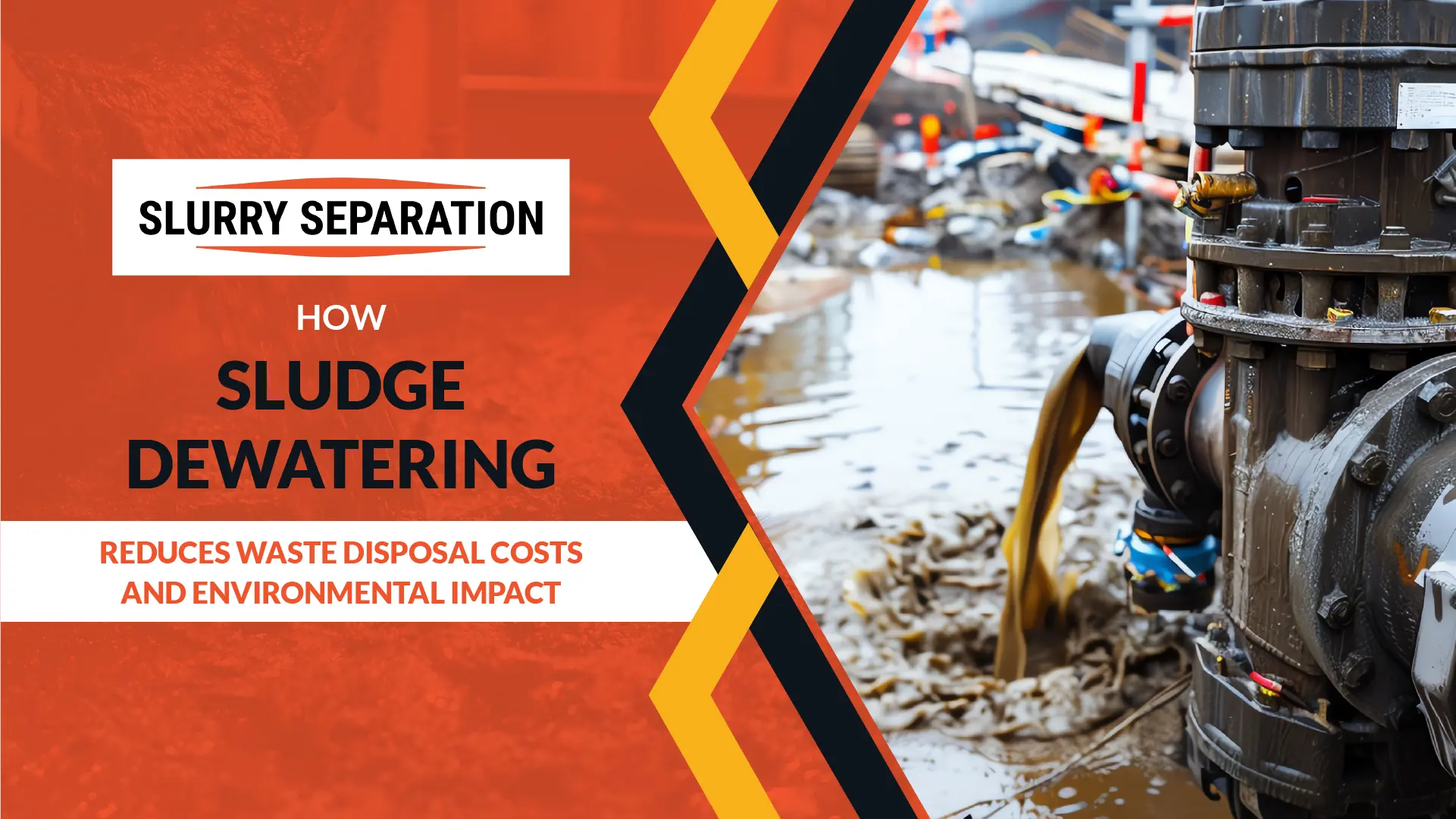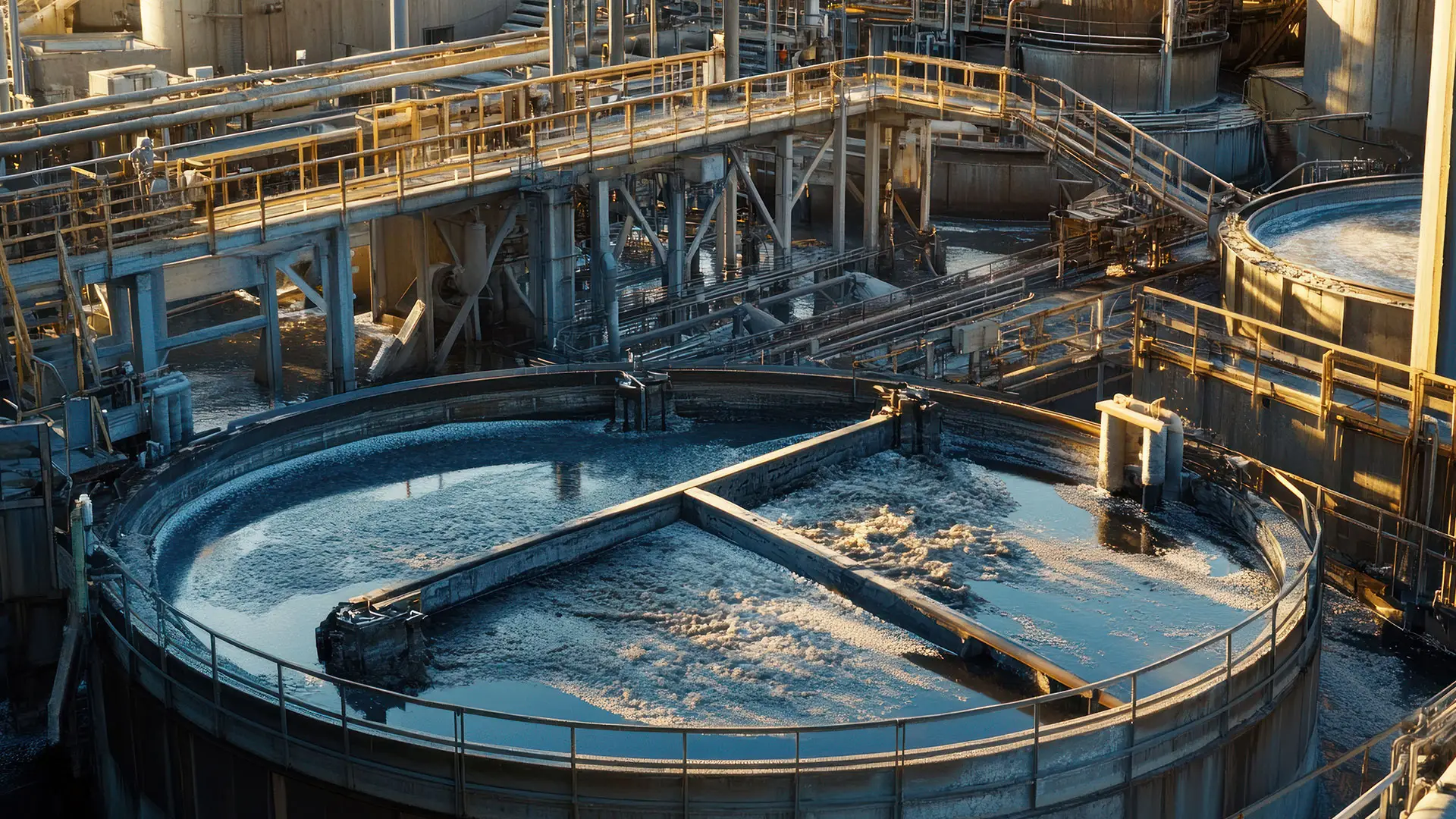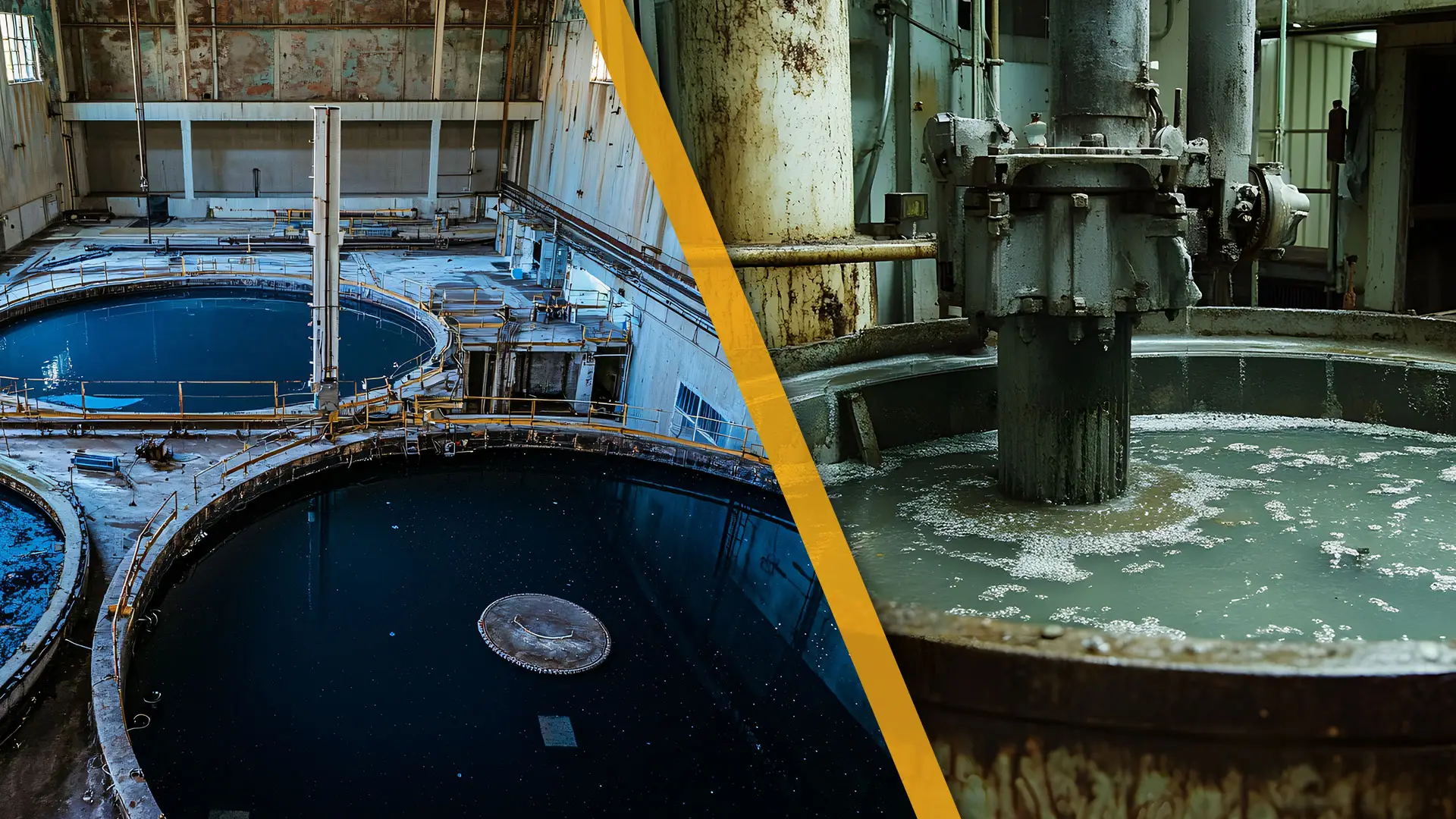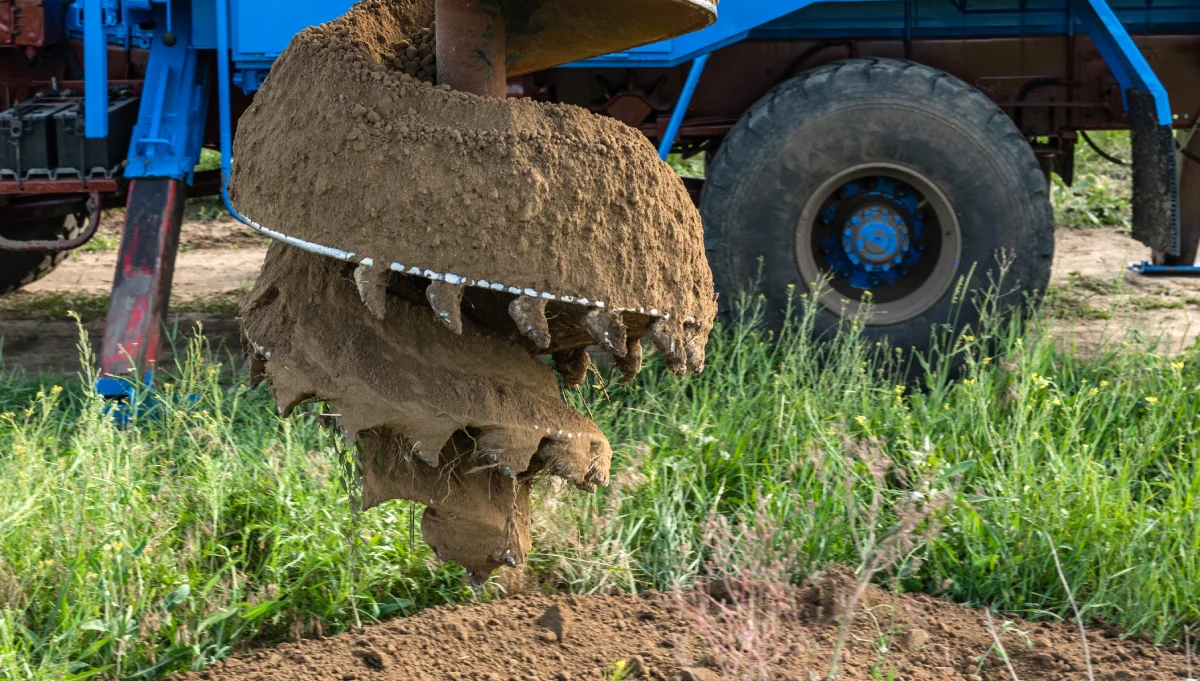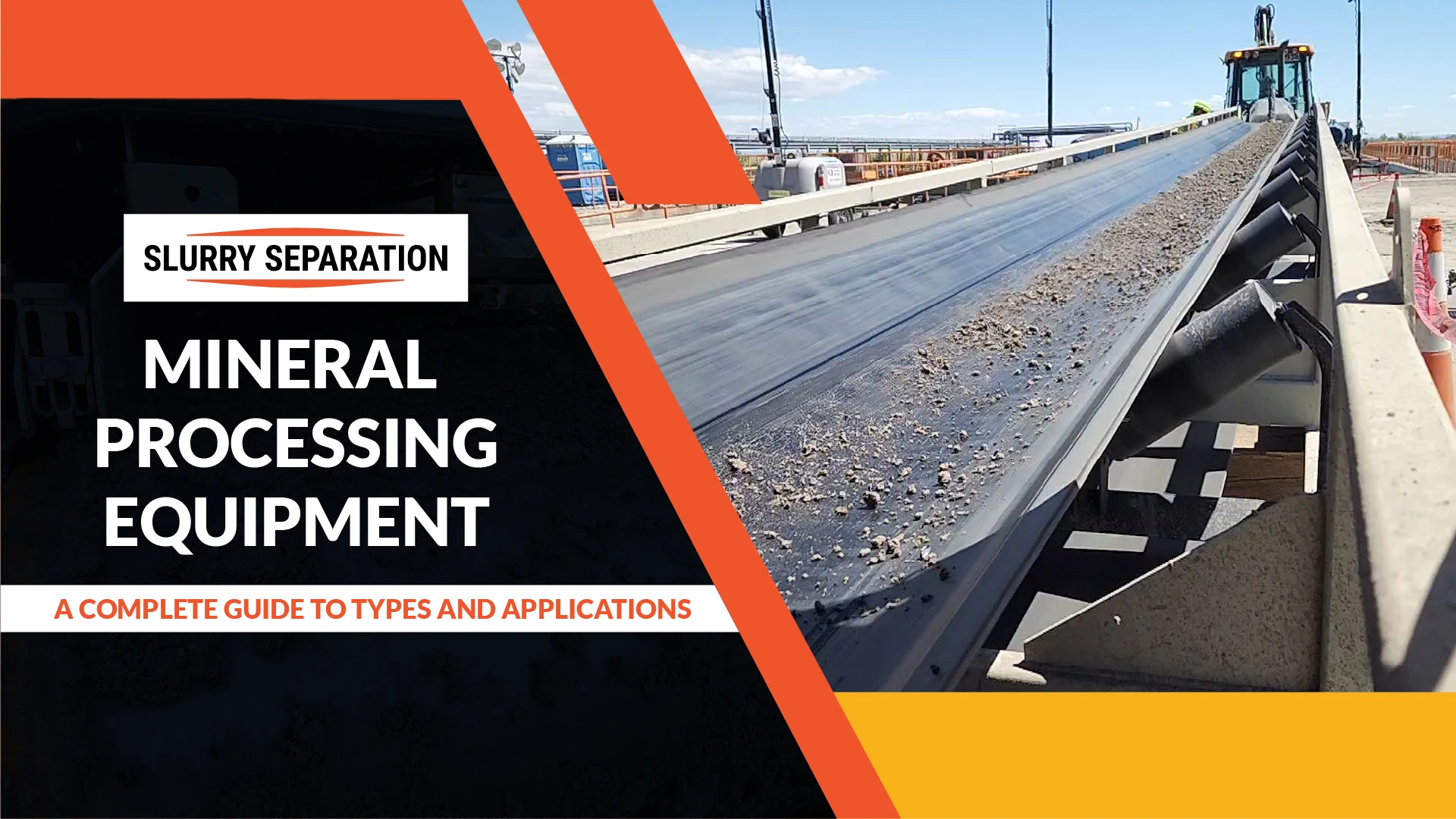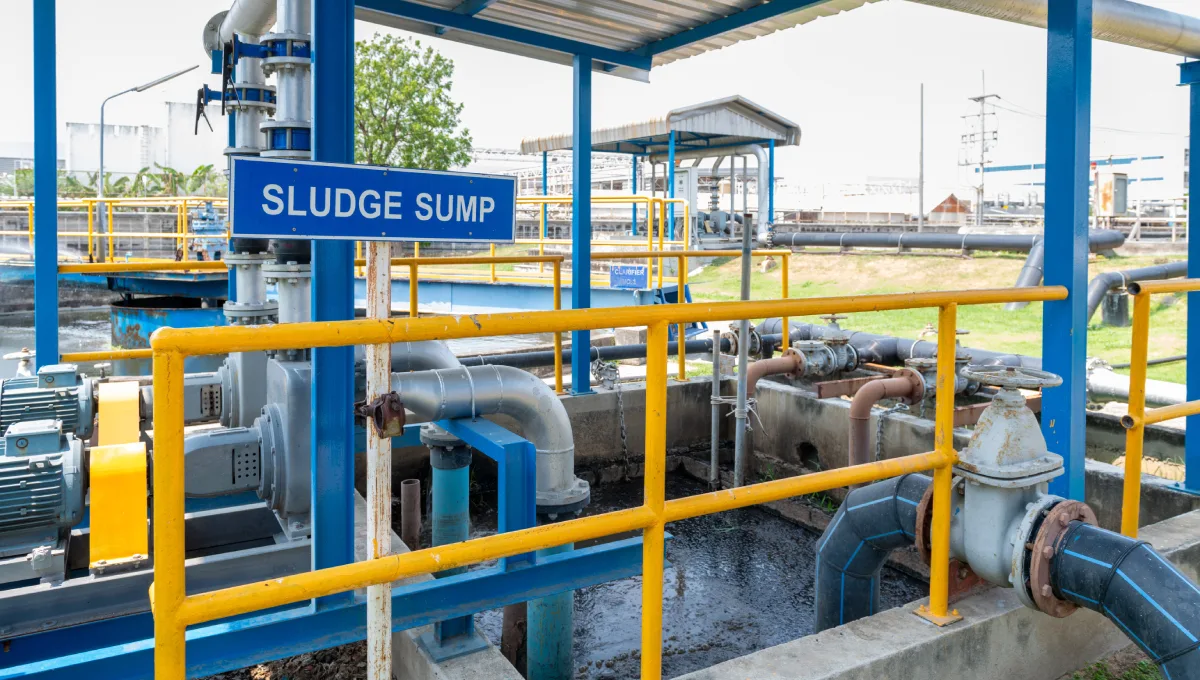Sludge dewatering has become an essential process for industries and municipalities looking to reduce waste disposal costs and minimize their environmental impact. As wastewater treatment facilities face growing pressure from environmental regulations and rising disposal fees, sludge drying provides a practical and cost-effective solution. By removing excess water from sludge, drainage systems significantly reduce the volume and weight of sludge, making it easier and cheaper to handle, transport, and dispose of. Additionally, dewatering creates opportunities for sludge reuse in agriculture, energy production, and construction.
The need for sludge drying is driven by two major challenges: the increasing volume of sludge produced by industrial and municipal processes and the rising costs associated with its transportation and disposal. Traditional methods, such as landfilling or incineration, are becoming less viable due to strict environmental regulations and higher fees. Dewatering systems help address these challenges by lowering transportation costs, reducing landfill fees, and improving overall waste management efficiency.
Dewatering companies play a crucial role in providing customized solutions that maximize sludge volume reduction and ensure compliance with environmental standards. Modern sludge dewatering methods, such as centrifuges, belt filter presses, and screw presses, enable facilities to reduce operational costs while enhancing treatment efficiency. As environmental regulations tighten, more facilities are partnering with water management companies to implement advanced drainage systems that improve sustainability and reduce costs.
In this article, we will explore the fundamentals of sludge drying, examine its financial and environmental benefits, and discuss the latest trends shaping the future of sludge management.
Understanding Sludge and the Challenges of Disposal
What is Sludge?
Sludge is a byproduct of wastewater treatment and industrial processes. It is a semi-solid mixture of water, organic and inorganic materials, and contaminants. The main sources of sludge include:
- Municipal Wastewater Treatment Plants: Sewage treatment produces large volumes of sludge through biological and chemical processes. Primary and secondary sludge are generated at different treatment stages.
- Industrial Processes: Industries like mining, food processing, and chemical manufacturing produce sludge containing heavy metals, chemicals, and hazardous materials, which makes disposal complex and expensive.
- Agricultural Runoff and Biowaste: Livestock farms and food processing facilities generate sludge with a high organic content. Manure sludge can be treated and reused as fertilizer, but it needs dewatering to reduce volume and transportation costs.
Composition of Sludge
Sludge composition varies by source and treatment method but typically includes:
- High Water Content: Comprising 90% to 99% water, making sludge heavy and costly to transport.
- Organic and Inorganic Solids: Includes biodegradable organic matter and non-biodegradable minerals and chemicals.
- Heavy Metals and Pathogens: Industrial sludge can contain lead, arsenic, and harmful bacteria, posing environmental and health risks.
Challenges of Sludge Disposal
- High Transportation and Landfill Costs: The high water content increases weight, leading to higher transport and disposal fees.
- Environmental Concerns: Sludge disposal in landfills generates methane and leachate, which can contaminate groundwater and soil.
- Regulatory Restrictions: Tightened environmental regulations make it harder for dewatering companies to secure permits for sludge disposal. A reliable dewatering system helps reduce these challenges by lowering sludge volume and improving disposal efficiency.
What is Sludge Dewatering?
Definition and Purpose
Sludge dewatering is the process of separating water from sludge to reduce its volume and weight. The goal of sludge drying is to increase the solid content, making sludge easier and more cost-effective to handle, transport, and dispose of. By reducing water content, sludge becomes more manageable and suitable for reuse in agriculture, construction, and energy production. A well-designed dewatering system not only lowers disposal costs but also minimizes environmental impact by reducing the volume of waste sent to landfills.
Common Sludge Dewatering Methods
Dewatering companies use several methods to remove water from sludge, depending on the type of sludge and operational requirements:
- Centrifugation – High-speed rotation separates solids from liquids based on density. Effective for sludge with high organic content but requires significant energy input.
- Belt Filter Press – Uses pressure and gravity to separate water from sludge. Its continuous operation makes it suitable for large-scale facilities.
- Screw Press – A rotating screw mechanism presses the water out of the sludge continuously. It’s energy-efficient and ideal for smaller plants.
- Geotextile Bags – Large porous bags are filled with sludge, allowing water to seep out over time. This low-cost method works well for smaller operations but is slower than mechanical methods.
- Electro-dewatering – Uses electrical currents to enhance water removal. While highly efficient, it requires a higher initial investment.
An effective dewatering system improves waste management efficiency, reduces transportation and disposal costs, and helps facilities comply with environmental regulations.
How Sludge Dewatering Reduces Waste Disposal Costs
Lower Transportation Costs
Sludge dewatering significantly reduces the water content in sludge, which directly decreases its weight and volume. This reduction in mass results in fewer truckloads required for transportation, cutting down on fuel consumption and vehicle wear and tear. Fewer trips also mean lower labor costs for handling and disposal. Over time, these savings can add up, especially for large-scale operations. Dewatering companies specialize in designing efficient drainage systems that maximize water removal, helping to minimize transportation expenses and streamline sludge management.
Reduced Landfill Fees
Landfill fees are typically calculated based on the weight and volume of waste being disposed of. By implementing a sludge dewatering system, facilities can significantly reduce the volume and weight of sludge, leading to lower tipping fees and fewer disposal runs. Additionally, higher solid content improves the chances of finding beneficial reuse opportunities for the sludge, such as in agriculture or construction, rather than relying solely on landfilling. Dewatering companies often work with clients to identify opportunities for sludge reuse, further reducing overall disposal costs.
Decreased Processing Costs
Lower sludge volume also means reduced costs for further processing. Drying and incineration processes are energy-intensive, and a reduced sludge volume means less energy consumption. Similarly, chemical treatments for odor control and pathogen reduction become more efficient when there’s less water to treat. Improved sludge consistency also enhances the performance of handling equipment, reducing maintenance costs and improving overall plant efficiency. Sludge dewatering allows facilities to optimize their waste management strategies, resulting in long-term cost savings and improved operational performance.
Facilities can significantly lower their waste disposal costs while enhancing overall efficiency by working with experienced water management companies and investing in a high-quality dewatering system.
Environmental Benefits of Sludge Dewatering
Reduced Greenhouse Gas Emissions
Sludge dewatering plays a key role in reducing greenhouse gas emissions by decreasing the volume of sludge sent to landfills. Less sludge in landfills results in lower methane emissions, a potent greenhouse gas produced during the breakdown of organic waste. Additionally, reduced sludge volume means fewer transportation trips, which lowers fuel consumption and decreases carbon emissions. A well-designed drainage system helps facilities reduce their environmental footprint while cutting transportation costs.
Improved Wastewater Treatment Efficiency
When excess sludge is removed through sludge dewatering, wastewater treatment plants’ overall efficiency improves. Less sludge allows biological and chemical treatment processes to operate more effectively, increasing plant capacity and reducing energy consumption. Improved treatment efficiency also leads to better water quality and reduced operational strain on the facility. Dewatering companies often help facilities select the right dewatering system to enhance treatment performance and maximize resource recovery.
Facilitates Sludge Reuse and Recycling
Dewatered sludge has a higher solid content, making it suitable for beneficial reuse in various industries:
- Fertilizer – Nutrient-rich sludge can enhance soil quality and support agricultural growth.
- Biofuel – Dried sludge can be burned as a renewable energy source.
- Construction Materials – Dewatered sludge can be incorporated into bricks and cement, reducing the demand for raw materials.
Minimizes Water Contamination
By reducing the need for landfilling, sludge dewatering helps minimize the risk of groundwater contamination from leachate. Less leachate generation also protects soil and water quality, contributing to a healthier ecosystem. Partnering with experienced dewatering companies ensures that facilities implement the most effective and environmentally responsible dewatering solutions.
Key Considerations When Implementing Sludge Dewatering
Type of Sludge
The type of sludge being processed significantly impacts the choice of dewatering method. Organic sludge, such as from food processing or agriculture, tends to have a higher moisture content and requires specialized dewatering equipment. Inorganic sludge, such as from mining or chemical production, may require more robust handling due to its density and the presence of heavy metals. Viscosity and particle size also influence the efficiency of sludge drying, as finer particles can reduce filtration rates. Selecting the right dewatering system based on sludge composition is essential for maximizing performance.
Facility Size and Capacity
The size and capacity of a facility determine the most suitable dewatering solution. Large-scale facilities, such as municipal wastewater treatment plants, often benefit from high-throughput systems like belt filter presses or centrifuges. These systems handle large volumes of sludge continuously, increasing efficiency. Smaller facilities may find screw presses or geotextile bags more practical due to lower upfront costs and simpler operation. Consulting with dewatering companies ensures that the selected solution is appropriate for the facility’s size and processing requirements.
Budget and ROI
While the initial investment in a sludge dewatering system can be significant, the long-term savings on transportation, landfill fees, and processing costs often outweigh the upfront expense. Lower operating costs, increased efficiency, and potential for sludge reuse further enhance the return on investment (ROI). Dewatering companies can help facilities calculate ROI and choose systems that deliver the best value over time.
Regulatory Compliance
Environmental agencies have strict regulations governing sludge disposal and reuse. Facilities must obtain permits, meet reporting requirements, and comply with standards for handling and emissions. Implementing a compliant drainage system helps avoid fines and operational shutdowns while supporting sustainable waste management.
Future Trends in Sludge Dewatering Technology
Advancements in Electro-dewatering
Electro-dewatering is emerging as a highly effective method for sludge dewatering due to its ability to enhance water removal using electrical currents. This technology increases energy efficiency, lowers operating costs, and improves solid content recovery. By using electrical fields to separate water from sludge, electro-dewatering achieves higher dryness levels than traditional methods, making sludge handling and disposal more cost-effective. As the technology matures, more dewatering companies are expected to adopt electro-dewatering systems to improve efficiency and reduce waste disposal costs.
Automation and AI Integration
The integration of automation and artificial intelligence (AI) is transforming sludge dewatering. AI-driven systems enable real-time monitoring of sludge consistency and equipment performance. Automated adjustments to factors such as pressure, rotation speed, and filtration rate enhance the drainage system’s overall efficiency. This reduces operational costs and minimizes downtime by preventing equipment overload and blockages.
Sustainable Dewatering Solutions
Sustainability is becoming a priority for dewatering companies. The development of biodegradable filter media reduces environmental impact, while renewable energy-powered dewatering systems lower carbon emissions. Solar and wind-powered dewatering units are gaining traction as facilities seek to reduce their environmental footprint and operating costs. These innovations align with growing global demands for eco-friendly and cost-effective waste management solutions.
Conclusion
Sludge dewatering is a game-changer for industries and municipalities looking to reduce waste disposal costs and improve environmental performance. By lowering the volume and weight of sludge, dewatering minimizes transportation and landfill fees, leading to significant cost savings. Reduced sludge volume also means fewer truckloads, lower fuel consumption, and decreased carbon emissions, which helps reduce the overall environmental footprint of sludge disposal. Additionally, the process creates new opportunities for sludge reuse in agriculture, construction, and energy production, contributing to a circular economy for waste materials.
Investing in a modern drainage system delivers immediate financial benefits and ensures compliance with increasingly strict environmental regulations. Effective sludge drying improves operational efficiency by reducing processing costs, enhancing wastewater treatment performance, and minimizing maintenance requirements. Dewatering companies play a crucial role in helping facilities select the right equipment and processes tailored to their specific sludge composition and facility size.
As technology advances, sludge dewatering systems are becoming more efficient and environmentally friendly. Innovations such as electro-dewatering, automation, and renewable energy-powered systems are making dewatering more sustainable and cost-effective. Businesses and municipalities that adopt these modern solutions will benefit from reduced operating costs, improved environmental compliance, and enhanced long-term performance.
For businesses seeking to improve their sludge management strategy, working with experienced water management companies to explore customized solutions is the key to achieving long-term success. A strategic investment in sludge dewatering technology will deliver both economic and environmental benefits for years to come.

